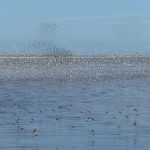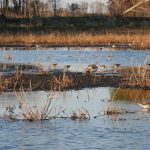In mid-April 2018, the WHSRN Hemispheric Council voted to accept the nomination of Cargill Salt Ponds Bonaire as a WHSRN Site of Regional Importance, the 103rd site to join the network. This is the first WHSRN site in the Dutch Caribbean, and only the second WHSRN site in the Caribbean as a whole – joining Cabo Rojo Salt Flats in southwestern Puerto Rico. Though from a biogeographic perspective Bonaire and other Leeward Islands are part of South America, Bonaire is a “special municipality” of the Netherlands, thus adding the Netherlands as the 17th country in the network.
Cargill Salt Ponds Bonaire is a privately-owned salt production facility at the southern end of Bonaire, owned by Cargill Salt Bonaire B.V. The nomination was prepared by Daniel DeAnda Jr., the company’s Production Manager, in collaboration with Lisa Sorenson, Executive Director of BirdsCaribbean.
The site comprises 3,700 hectares, 2,700 of which are artificial wetlands – primarily solar evaporation ponds for salt extraction. Brine shrimp fill the ponds, and the dike roads between them are covered with brine flies, a crucial food source that attracts thousands of shorebirds to the harsh landscape between these mountains of salt.
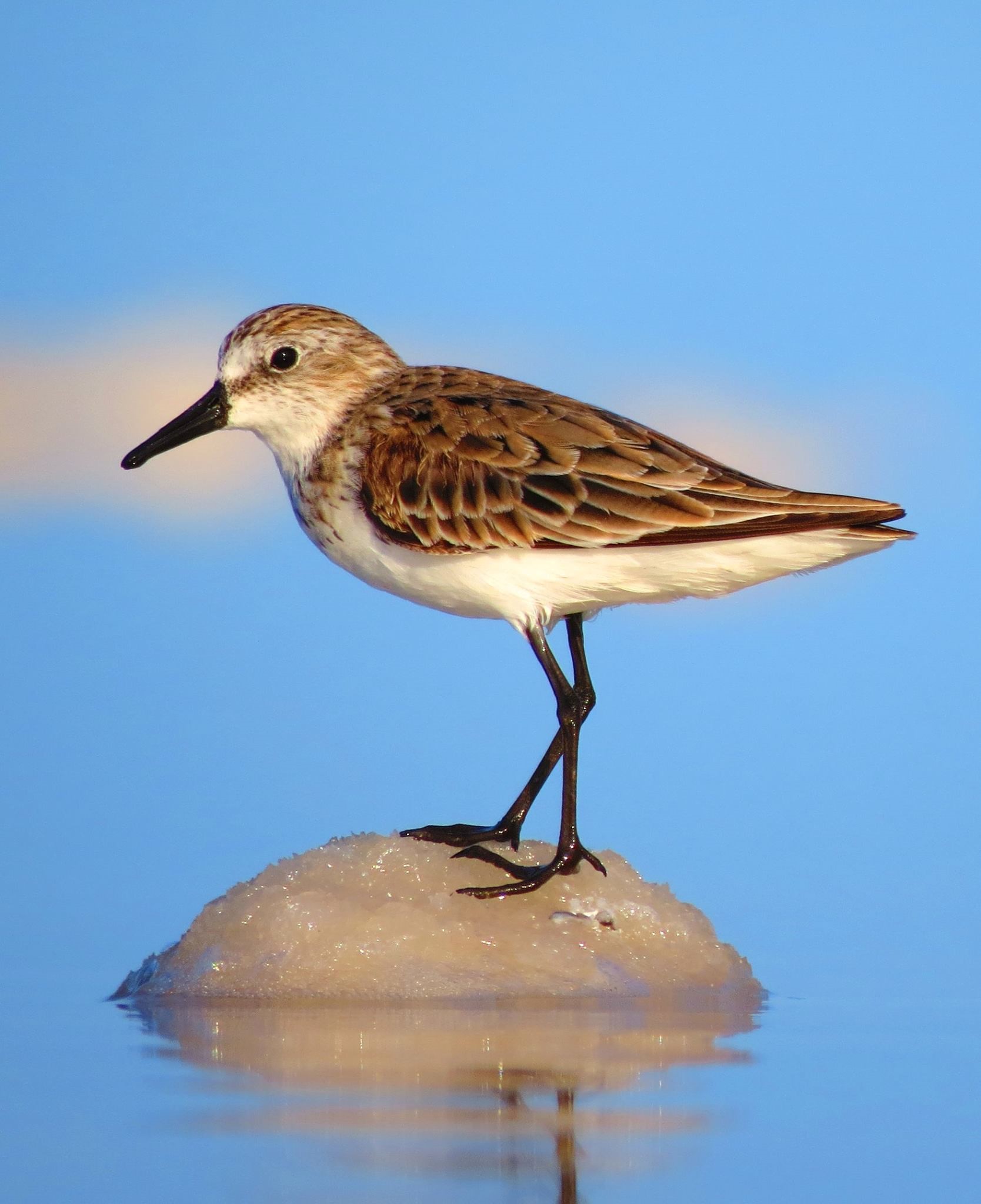
Semipalmated Sandpiper (Calidris pusilla) perched on salt crystal. Photo: Sipke Stapert.
Thanks to the efforts of BirdsCaribbean and the support of Cargill managers like Daniel DeAnda, intensive surveys began in 2015 to learn more about the species and numbers of birds using the site. Their surveys revealed that more than 20,000 shorebirds of 17 different species visit this large wetland complex every year, qualifying it to join the Network at the “Regional” level of importance. This large concentration of shorebirds includes at least 1% of the biogeographic population of Short-billed Dowitcher (Limnodromus griseus griseus/hendersoni) and the threatened rufa subspecies of Red Knot (Calidris canutus rufa), further supporting the designation.
The salt ponds support large numbers of several other species of migratory shorebirds, including Semipalmated Sandpiper (Calidris pusilla), Least Sandpiper (Calidris minutilla), Stilt Sandpiper (Calidris himantopus), Semipalmated Plover (Charadrius semipalmatus), and Sanderling (Calidris alba). Significant numbers of Snowy Plovers are also found regularly at the site, likely a combination of migrants (nominate Charadrius nivosus) and resident birds belonging to the Caribbean breeding subspecies (C. n. tenuirostris). The area is the only known nesting area on Bonaire for the Royal Tern (Sterna maximus), and also supports one of the most important American Flamingo (Phoenicopterus ruber ruber) nesting colonies in the Caribbean.
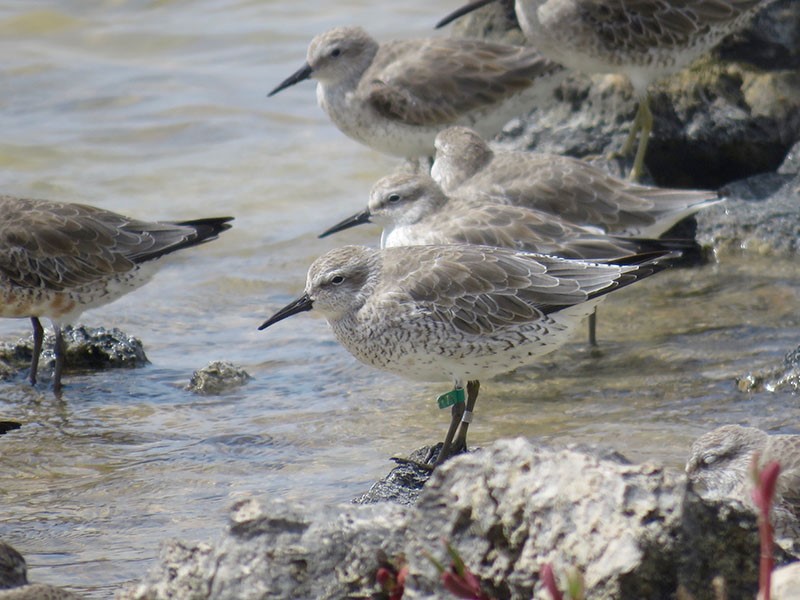
Cargill Salt Ponds are a haven formigratory shorebirds like the Red Knot. The bird with the green flag on its leg was first banded in Delaware Bay in the Eastern U.S. in 2004. It breeds in the Arctic and winters in Bonaire. Photo: Fernando Simal.
This new WHSRN site lies within BirdLife International’s Important Bird Area (IBA) “Pekelmeer Saltworks, Bonaire,” and also includes the 400 hectare Pekelmeer Ramsar site.
The surveys, led by BirdsCaribbean, involved international and local partners including staff and volunteers from STINAPA Bonaire, Dutch Caribbean Nature Alliance, WILDCONSCIENCE, US Fish and Wildlife Service, US Forest Service, International Programs, and Cornell Lab of Ornithology. Survey teams conducted counts at 110 points during 5 counting periods in order to gather the data needed to support this designation as a WHSRN site.
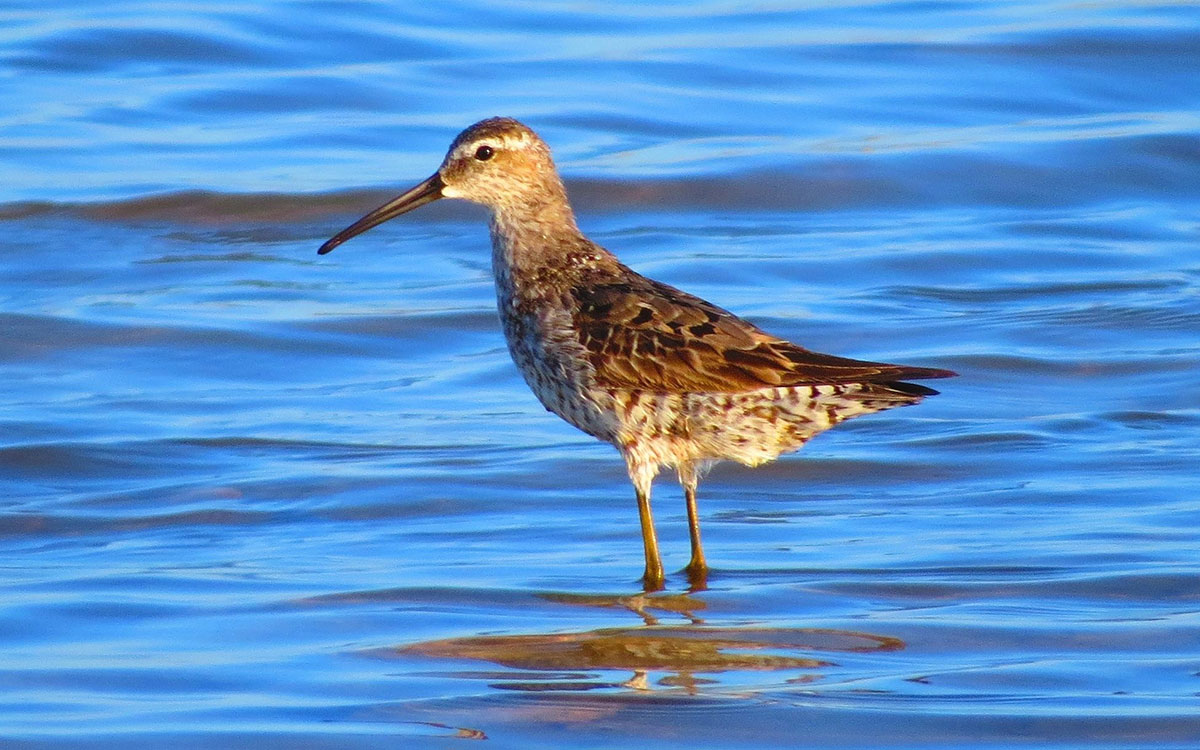
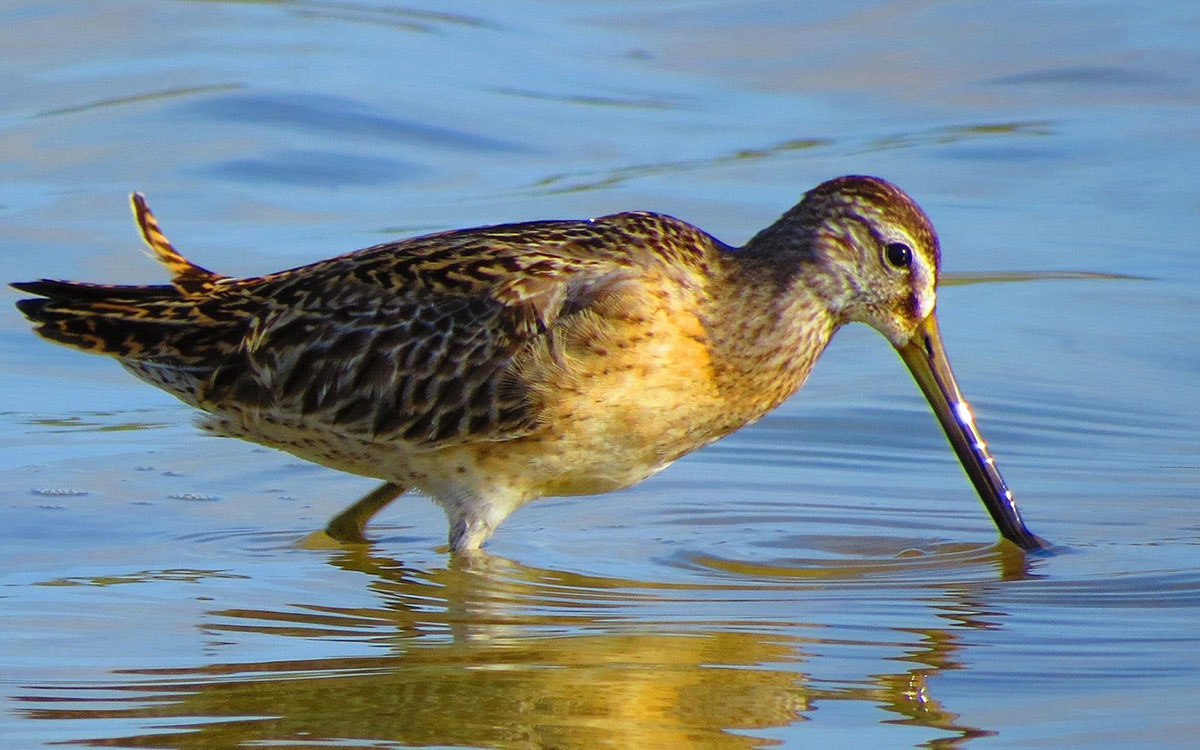
Left: Stilt Sandpiper (Calidris himantopus) and Right: Short-billed Dowitchers (Limnodromus griseus griseus/hendersoni). Photos: Sipke Stapert.
Lisa Sorenson, Executive Director of BirdsCaribbean, commented, “We are very grateful for the support we received from Cargill and our partners and volunteers that enabled us to complete this work. We are especially thankful to Environment and Climate Change Canada for funding support for the surveys, and to Manomet for their encouragement and support of our nomination.” BirdsCaribbean looks forward to continuing to work together with Cargill and all the partners to monitor and manage the site for shorebirds.
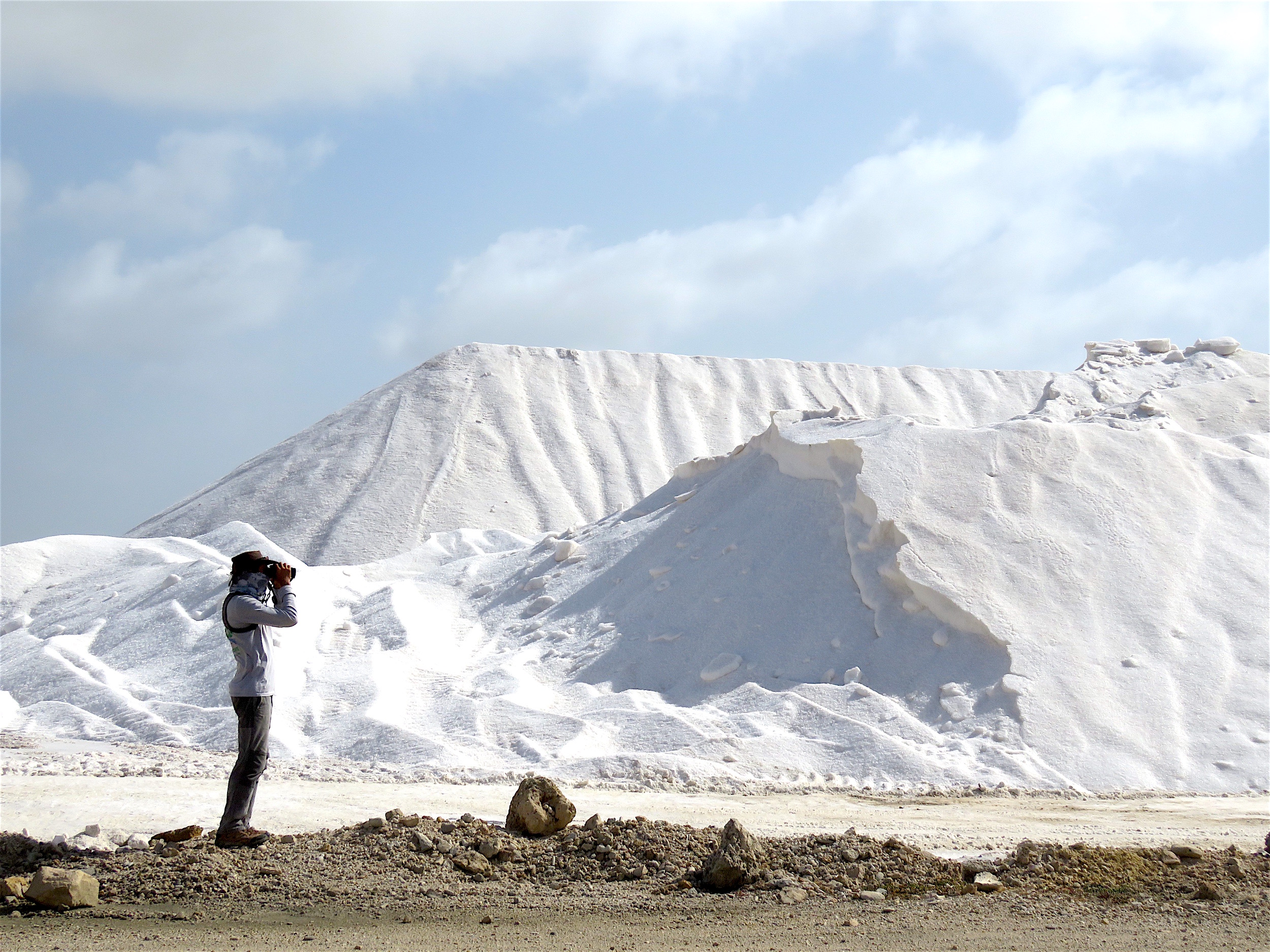
BirdsCaribbean biologist Fernando Simal counting shorebirds in the productive solar evaporation ponds of Cargill Salt Bonaire, with salt pyramids looming in the background. Photo: Lisa Sorenson.
With the addition of Cargill Salt Ponds Bonaire, there are now 103 WHSRN sites covering nearly 15 million hectares (37 million acres) in 17 countries. Please join the WHSRN Executive Office in welcoming Cargill Salt Ponds Bonaire and its partners to the Network!





